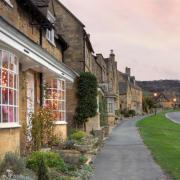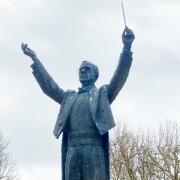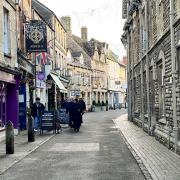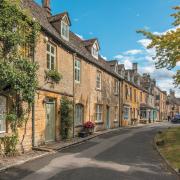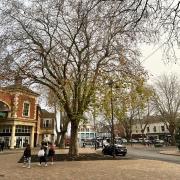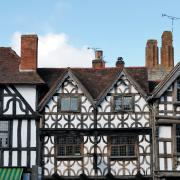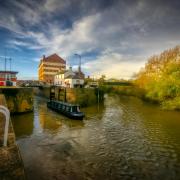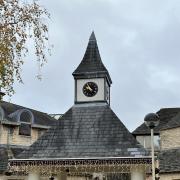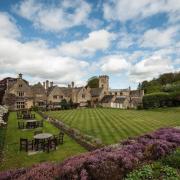On the trail of wild daffodils in Gloucestershire.
Hospital heroes: In the 1930s, a Christian service organisation promoted the picking of daffodils to cheer up hospital patients. They were also sold in the hospitals to raise money. Daffodil picking became an important income in the late 19th early 20th century, with The Great Western Railway running “Daffodil Specials” from London, so that people could walk and buy bunches to take home.
Daffodil Line: There was a Daffodil Line train going between the villages, but this closed in 1959. There is now a bus service called “The Daffodil Line”, daffodilline.co.uk
Walking: Tourism took off again in the 1990s, with walkers and walking paths. Windcross Paths Group has created the ten-mile circular route called “The Daffodil Way”. There are also two Poets Paths, both setting out from St. Mary’s Church.
READ MORE: The 10 mile circular walk near the Cotswolds around the Daffodil Way
Teatime: Annual daffodil teas held in the churches have already been going for 50 years, and are still very popular.
Churches: St Mary the Virgin Church is a medieval church linked with the Dymock Poets of the First World War. St Mary’s, owned by English Heritage, is a Norman Church with the oldest timber roof in Britain. It also has beautiful well-preserved medieval wall paintings. St Edward’s Church was called a cathedral to the Arts and Crafts movement by John Betjeman.
Golden Triangle project: The Golden Triangle project is aiming to create a mile of daffodils along the roads and villages.
Hereford cow: The Countryside Restoration Trust own two farms in Herefordshire: Awnells Farm and Turnastone Court Farm. Awnells is home to prize-winning rare breed Hereford Cattle.
Butterfly: Rare pearl-bordered fritillary.
Birds: Marsh tit and pheasant.
River: River Leadon is a tributary of The River Severn.
Weekend festival: Kempley Daffodil weekend is in mid March.
Kempley Daffodil Meadow: A Site of Special Scientific Interest.
Vell Mill: An old wild daffodil meadow and new traditional orchard.
Lent lily: The wild daffodil is also known as the Lent lily (Narcissus pseudonarcissus).
Shaw Common: A special interest “seed stand”. Acorns of the sessile oak are collected in the autumn to grow on.
Glory of Gloucestershire: The Daffodil is the county flower of Gloucestershire.
GWT: Gloucestershire Wildlife Trust look after two historic daffodil meadows, one near Shaw Common called Gwen, and Vera’s Fields Nature Reserve.
Betty Dawes Wood SSSI: An ancient Sessile Oak woodland. Betty Dawes monitored nest boxes in the wood. It is one of the longest running nest box surveys in the world, starting in 1964. She was the founder of the Newent supporters’ group of the Gloucestershire Wildlife Trust. Two other members were Gwen Cooke and Vera Mergatroyd. They bought and donated the fields now known as Gwen and Vera’s fields.
Dymock poets: They include Robert Frost and Rupert Brook.
Dream: To dream of a daffodil is said to mean that happiness and love is on its way.
For more of Katie B Morgan’s maps and illustrations, follow @katies_maps on Instagram, or email her directly at thedecorativepainter@gmail.com








